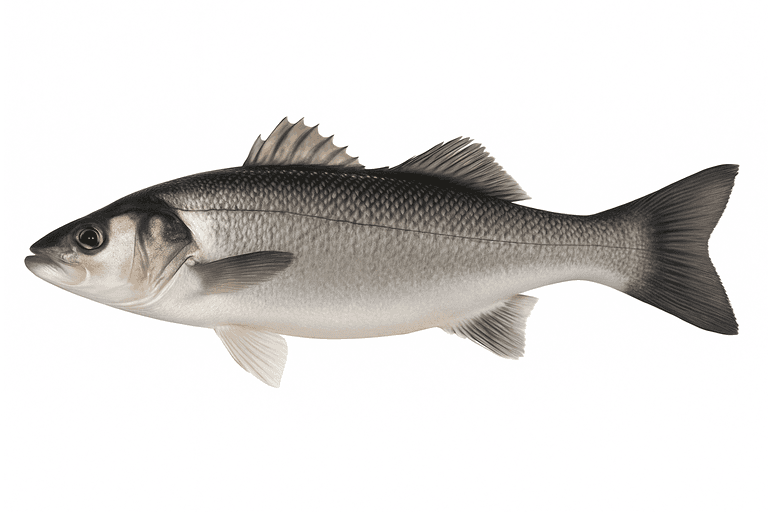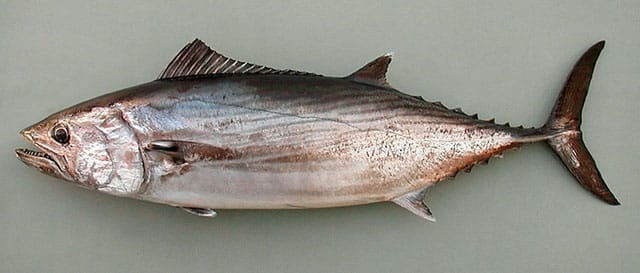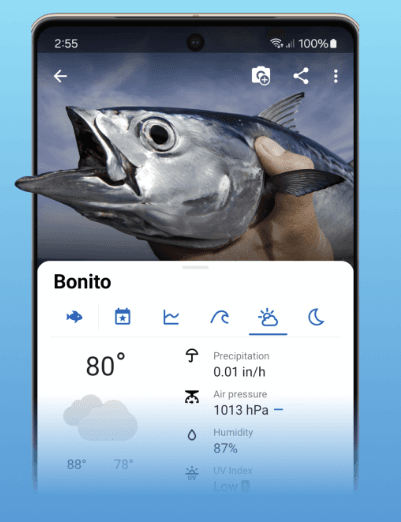How to catch sea bass is a question many anglers ask when facing this elusive predator. European sea bass (Dicentrarchus labrax), also known simply as sea bass or “branzino,” is one of the most prized fish in the Adriatic Sea. Known for its strength, speed, and delicious meat, this fish is also notoriously cautious—making it a true challenge to catch.
In this guide, we’ll explain how to catch sea bass and where to find sea bass, when they are most active, the best techniques to catch them, and which natural and artificial baits work best.
🐟 Quick Facts About Sea Bass
Sea bass inhabit shallow coastal areas of the Adriatic and Mediterranean Seas and often venture into river mouths and brackish lagoons. While trophy specimens can reach up to 1 meter in length and weigh over 10 kg, most catches are between 0.5 and 3 kg.
Sea bass are generally most active at dawn and dusk and can be targeted year-round—with autumn and winter being the most productive seasons.
📍 Where to Find Sea Bass?
If you’re serious about learning how to catch sea bass, your first step is knowing where to look. Sea bass tend to hide and hunt in areas such as:
- River mouths (where fresh water meets the sea)
- Shallow areas at sunrise and sunset
- Piers, docks, and breakwaters
- Sandy or mixed bottom beaches
They often hold near underwater structures like rocks, vegetation, or sunken objects—waiting to ambush unsuspecting prey.
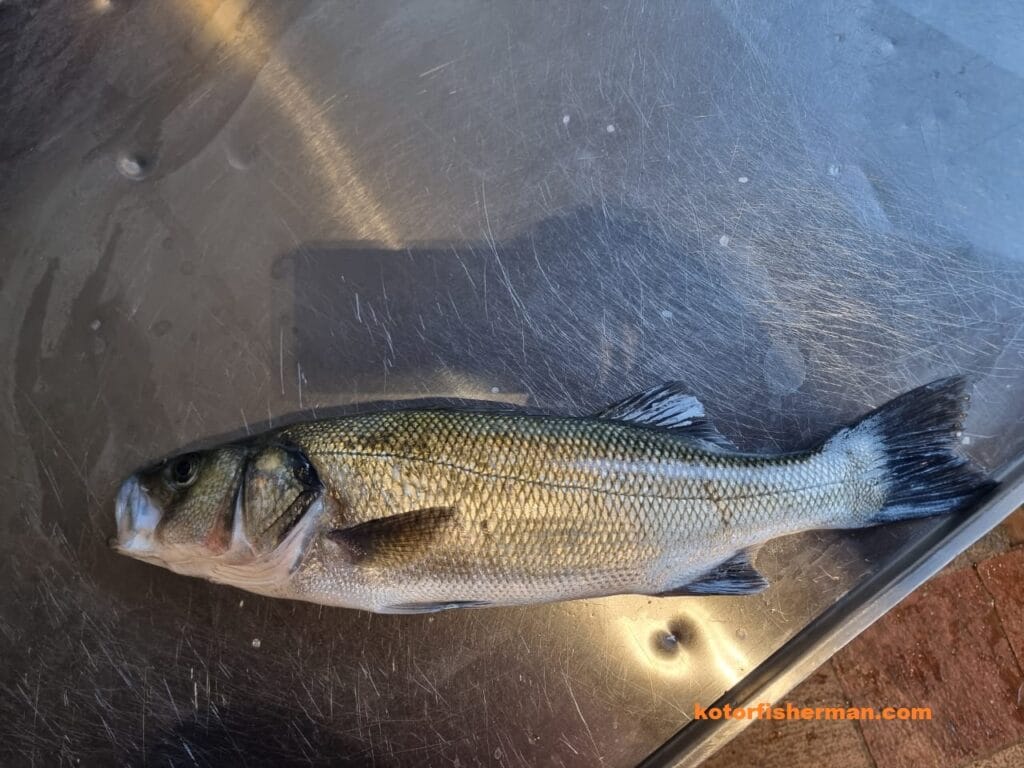
⏰ Best Time to Fish for Sea Bass
| Season | Bass Activity | Recommended Strategy |
|---|---|---|
| Autumn | Peak season | Fish at dawn and dusk |
| Winter | Still very active | Shore fishing can be very fruitful |
| Spring | Recovering post-spawn | Target close to shore |
| Summer | Less active during day | Try night fishing |
Fishing during the incoming tide—especially its first half—and in slightly murky water usually brings the best results.
📌 Learn more about Best Time to Fish the Adriatic Sea: Moon Phases, Tides & Weather Tips
🪱 Best Baits for Sea Bass
Natural Baits:
✅ Live or fresh baitfish (e.g. mullet, sand smelt)
✅ Shrimp, small crabs, or gambas – excellent in harbors and estuaries
✅ Squid pieces – particularly effective at night
Natural bait is often more successful since sea bass are known to be selective and cautious feeders.
Artificial Lures:
✅ Soft plastic lures
✅ Floating or sinking plugs that mimic prey
✅ Topwater lures – perfect for early mornings or evenings
📌 Use lures between 7–12 cm, and match the color to water clarity and light conditions.
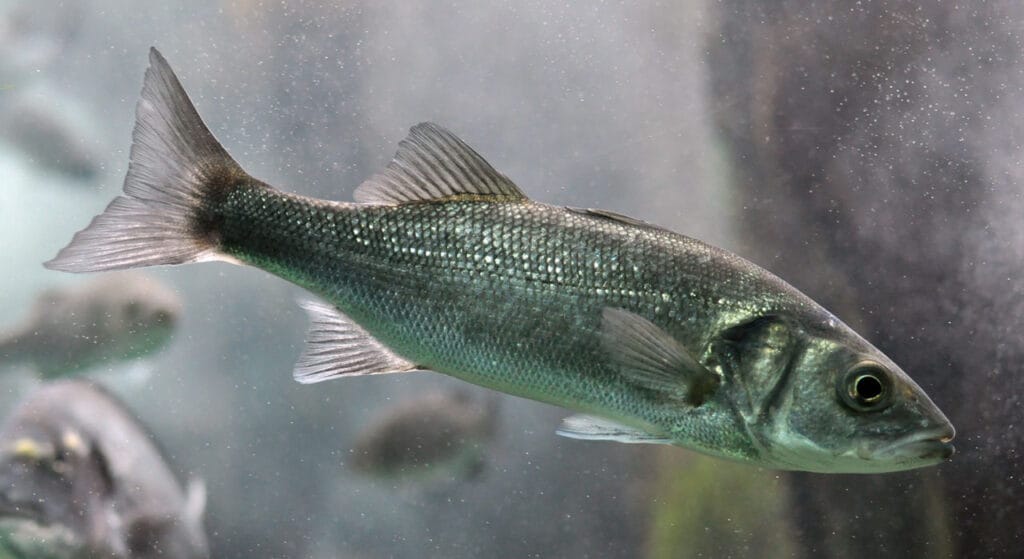
🎣 How to catch sea bass: Fishing Techniques
1. Spinning (Casting and Retrieving)
- Ideal for active shore fishing
- Cast near rocks, structure, and submerged vegetation
- Retrieve in erratic motions to imitate injured prey
2. Natural Bait Fishing
- Use sliding or fixed sinkers to present the bait near the bottom
- Fish from docks, piers, or river mouths
- Sea bass often grab the bait and run—be ready for a quick hookset
3. Boat Fishing
- Gives access to harder-to-reach coastal zones
- Try light drifting or trolling with lures
- Use a stealthy approach—sea bass can spook easily
✅ Pro Tips for Success
- Use a monofilament line around 0.20–0.25 mm for stealth
- Avoid braided lines unless combined with a long fluorocarbon leader
- Stay quiet and avoid splashing—bass are sensitive to noise
- Fish during overcast days, light south winds, or slightly cloudy waters
- Be patient—sea bass often appear suddenly in short feeding bursts
📌 Read more in our gear guide: Fishing Line Types Explained
❌ Common Mistakes to Avoid
- Using lines that are too thick
- Fishing in bright, calm weather or during strong north winds
- Retrieving lures too fast – always mimic an injured fish
🎯 Bonus Tip – Follow the Nets!
If you really want to master how to catch sea bass, keep an eye on where local fishermen are pulling shore nets (called “Beach seine”) before dawn. Sea bass are opportunistic and often arrive shortly after these nets are retrieved, attracted by scattered baitfish and commotion.
These areas, just before sunrise, offer an excellent chance to present your lure or bait right when sea bass are actively feeding. Have your rod ready right after the net is pulled—you might just land your best catch.
We’ll cover the traditional net-pulling techniques and this fascinating local practice in one of our upcoming articles. Stay tuned.
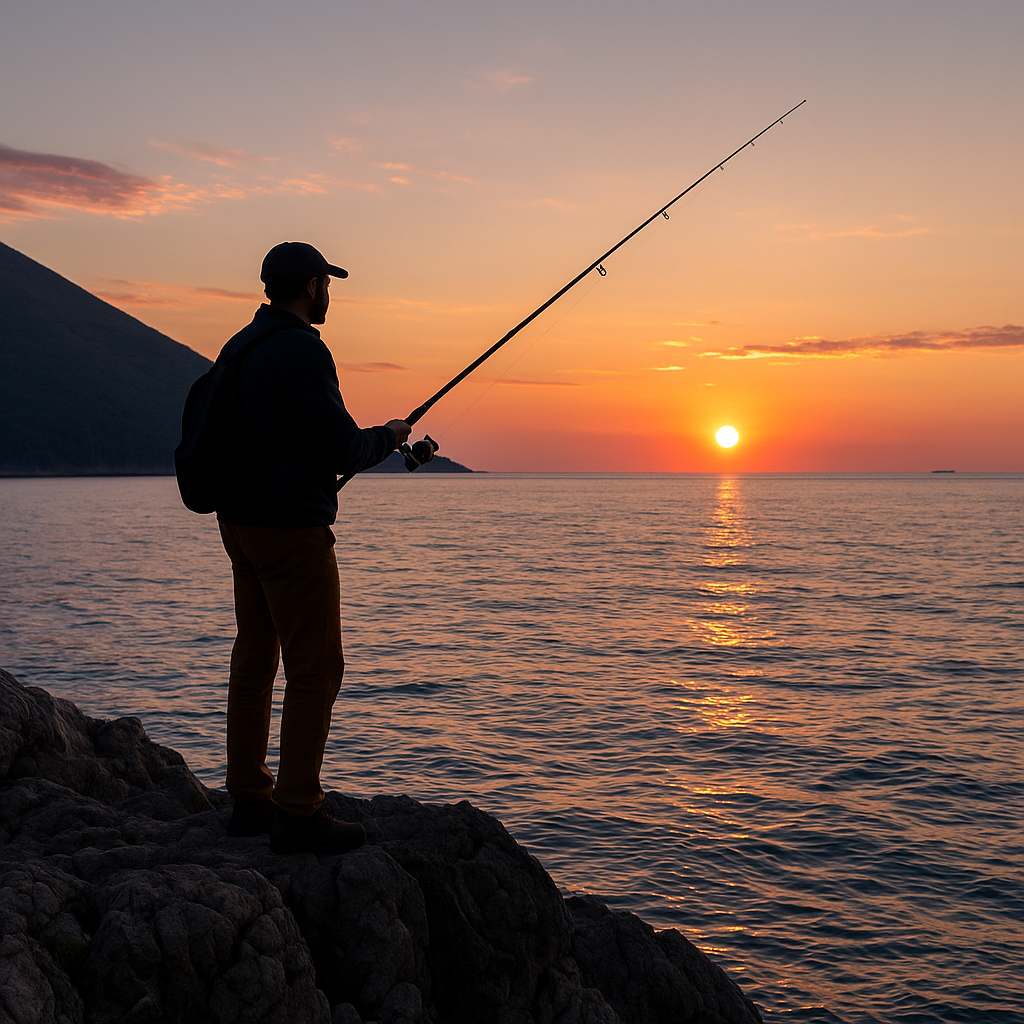
🧭 Final Thoughts
Catching sea bass takes a mix of skill, timing, and local knowledge. Whether from shore or boat, using the right gear and observing the water will significantly improve your chances. If you’re serious about learning how to catch sea bass, these tips are your foundation to consistent success.
🎣 Want more expert fishing guides, tips, and gear reviews?
Subscribe to our newsletter and get them delivered straight to your inbox!
